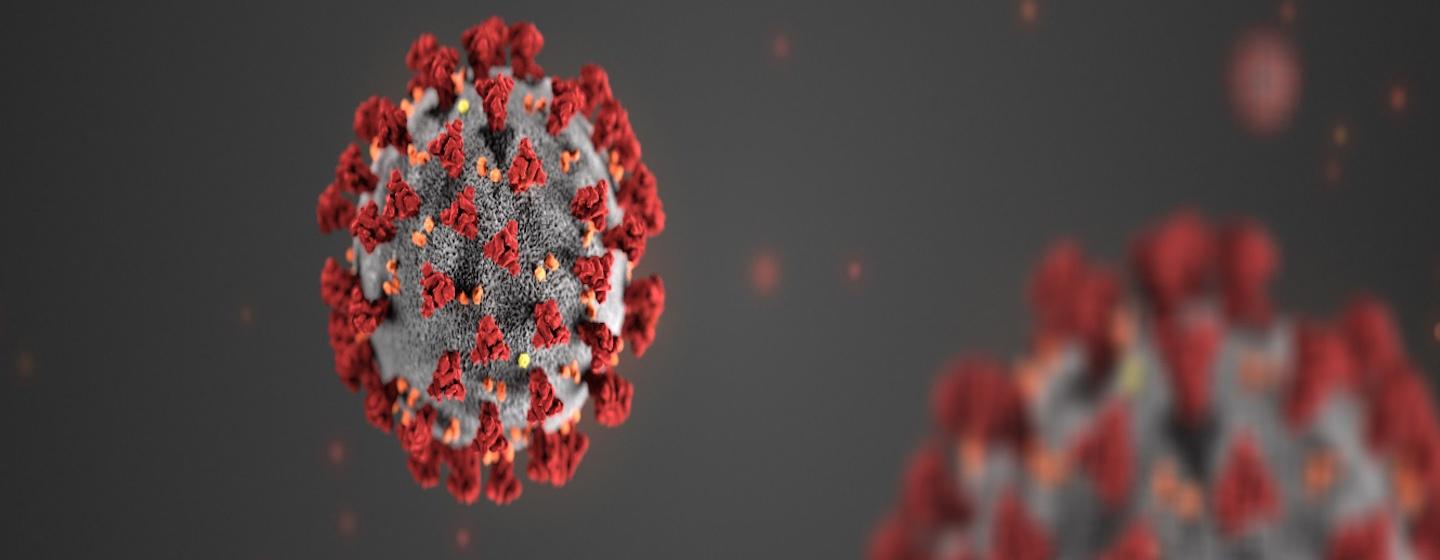How Does the Pandemic End?


I know most of the year 2020 seems like centuries ago, (if it ever really existed) but think back. It was just two years ago when we first heard about a mysteries virus with a strange bunch of numbers for a name - SARS-CoV-2 - that caused a disease called COVID-19. It was first spotted in China and it spread quickly. People were getting very sick and some were dying. Sporting events were cancelled. Airplane flights were cancelled.
And then the World Health Organization declared COVID-19 a global pandemic on March 11, 2020. Suddenly, BAM. The world changed. One day it was normal, the next day it wasn’t.
And then just as life was seeming to return to normal, there came the variants: Delta, Omicron. So how does the pandemic end? Or does it end?
“Although it is impossible to predict the future, given how prevalent SARS-CoV-2 infections have become, it is likely that this virus will remain endemic for at least a few years to come,” said David Martinez, Ph.D., postdoctoral fellow at the Gillings School of Global Public Health at the University of North Carolina at Chapel Hill.
Researchers at the Gillings school helped develop the Moderna COVID vaccine and Remdesivir, an anti-viral drug used to treat COVID patients.
But what does that mean?
To understand, you need to think back again, but this time to the early summer of 2021, when everyone thought the pandemic was “over." People were getting vaccinated, ditching their masks, eating out. Life was getting back to normal.
But then came July. Vaccination rates stalled. The Delta variant took off. COVID-19 cases went from 12,000 per day at the start of July to 160,000 by September. Those were caseloads not seen since before vaccinations began.
People let their guard down. The virus mutated. Lessons learned.
From that experience, and from what experts say they’ve learned from the Omicron spike, COVID-19 may never totally go away. It will likely evolve from a pandemic disease (an epidemic that spread across many countries or continents and affects a large percentage of the population) to an endemic disease (a disease that is limited to a particular country or people).
In other words, COVID-19 will become a common disease, like the flu, spreading and mutating at a slower rate. It will keep circulating, with cases rising and falling. But with vaccines, boosters, new treatments being developed and common-sense actions like mask wearing and hand washing, COVID-19 can become a manageable virus.
It’s important to note there are a lot of similarities between pandemic and endemic diseases. Both can be highly transmissible, severe, and affect some people more than others. Both can also have long term effects.
But the key to what happens next is the public’s perception of the threat level. As levels of hospitalization and death go down, people will tolerate this disease and say the threat level is acceptable.
It’s tough to say when that might happen because the world has not faced a pandemic as severe and all-encompassing as COVID-19 since the Spanish flu in 1918.
There could be COVID seasons, much like the flu season, when strains of the virus roar through an area infecting vaccinated and unvaccinated people. Areas with fewer vaccinated people will be hit harder and experience more severe illness and death.
But slowly, COVID will lose its ferocity as populations develop herd immunity. As more people get vaccinated or develop protective antibodies because of infection, the virus will have fewer bodies to infect and evolve and mutate and spread.
“I do think that vaccinating as many unvaccinated people as possible and boosting those at risk for severe COVID disease will be our best chance to reduce the severe public health impact that SARS-CoV-2 had,” adds Martinez. “It will also be critical to continue to monitor the genetic changes in SARS-CoV-2 to ensure our vaccines and antiviral therapies are still highly effective against the circulating SARS-CoV-2 variants to ensure that we can curb infections.”
There’s no doubt COVID fatigue is everywhere. It’s also clear COVID-19 has changed our lives in countless ways, from how and where we work and interact with each other to a rethinking of what is important. As the song lyric says “you don’t know what you got ‘til it’s gone.” But more and more we’re learning to accept the risk as well as taking precautions against a virus that still lurks among us.